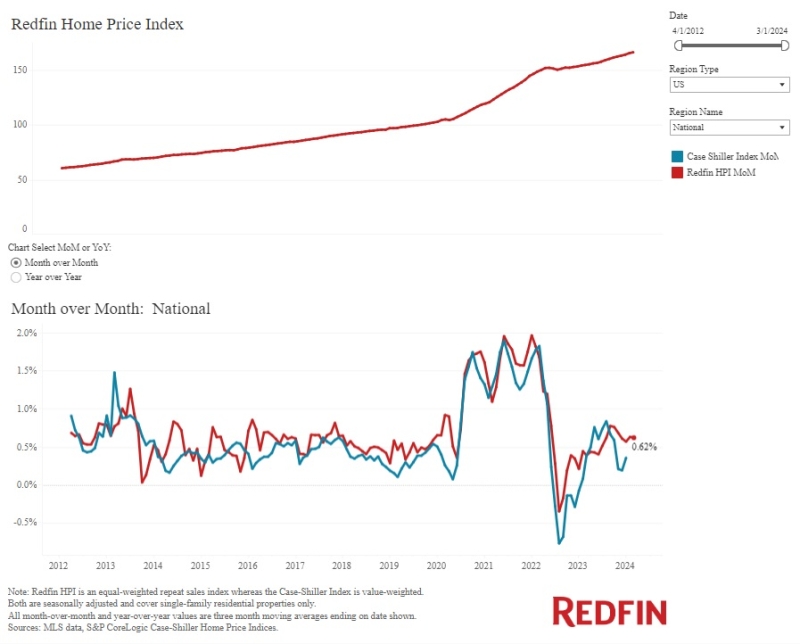Advertisement
New Report Forecasts a Divided California’s Housing Markets

California voters will decide on a proposal in November that would split the state into three new entities. A new study by ATTOM Data Solutions is offering a forecast on what the housing markets of these three potential new entities would look like.
The largest of the three entities, Northern California, would consist of 40 counties. A new Northern California would absorb 41 percent of the current California’s property tax revenue on single-family homes while accounting for 38 percent of homes. In comparison, Southern California with 12 counties would absorb 32 percent of the current total property tax revenue despite having 37 percent of the current California’s single-family homes. The smallest of the three new entities, the six-county California, would take up 27 percent of the current California’s property tax revenue on single-family homes while accounting for 25 percent of the homes.
All three of these entities have been enjoying robust home price appreciation over the past decade. Since the market bottomed out in the first quarter of 2009, Northern California’s median home price appreciation ballooned by 120 percent, while median home prices in the new Southern California are up by 106 percent and the new California’s median home prices soared by 98 percent. But in terms of sales, Southern California was the leader in the first quarter of this year, up 59 percent from 10 years ago. In comparison, the new California state saw a 52 percent rise in the same period while Northern California only recorded a 35 percent increase.
As for dealing with the increasingly lethal natural disasters that have plagued the state, only 0.94 percent of all single-family homes in the new California were in high-risk flood zones and 2.02 percent were in high-risk wildfire zones. In comparison, 2.26 percent of Southern California’s single-family homes were in high-risk flood zones and 9.38 percent were in high-risk wildfire zones, while 3.72 percent of Southern California’s single-family homes were in high-risk flood zones and 7.26 percent were in high-risk wildfire zones.
"The proposed state of Northern California definitely bears a disproportionate share of real estate related flood risk, which makes sense given the terrain and the waterways present there,” said Clifford A. Lipscomb, Vice Chairman and Co-Managing Director at Greenfield Advisors, a real estate research firm. “In contrast, the data show that the proposed state of Southern California bears the bulk of the risk when it comes to wildfires. The data suggest that Southern California has almost $30 billion more real estate exposure to wildfire risk than the proposed Northern California. California is in a distant third place for both types of risk in terms of real estate."
About the author





